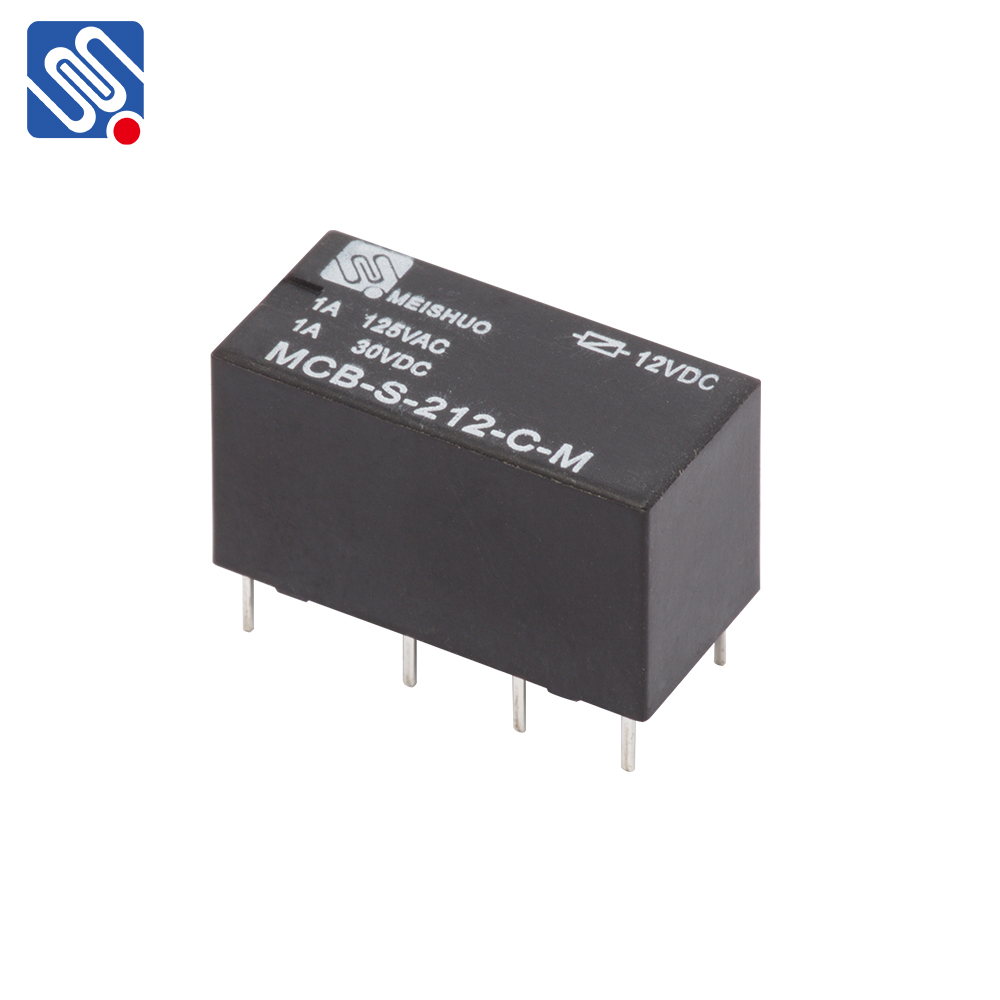Relay signals are an integral part of modern electrical systems, playing a crucial role in automation, control, and protection applications. These signals serve as the communication link between low-power control circuits and high-power operational circuits. In this article, we will explore the concept of relay signals, their types, working mechanisms, applications, and significance in various industries.

What Are Relay Signals? Relay signals refer to the electrical signals used to activate or deactivate relays in control systems. A relay is an electromechanical device that acts as a switch, enabling the control of high-power circuits by low-power signals. In simple terms, relay signals allow a small, manageable input to control larger and more powerful electrical loads. These signals can be voltage or current-based, and they determine whether the relay’s internal contacts (either normally open or normally closed) will open or close, thereby controlling the flow of electricity to the connected devices.